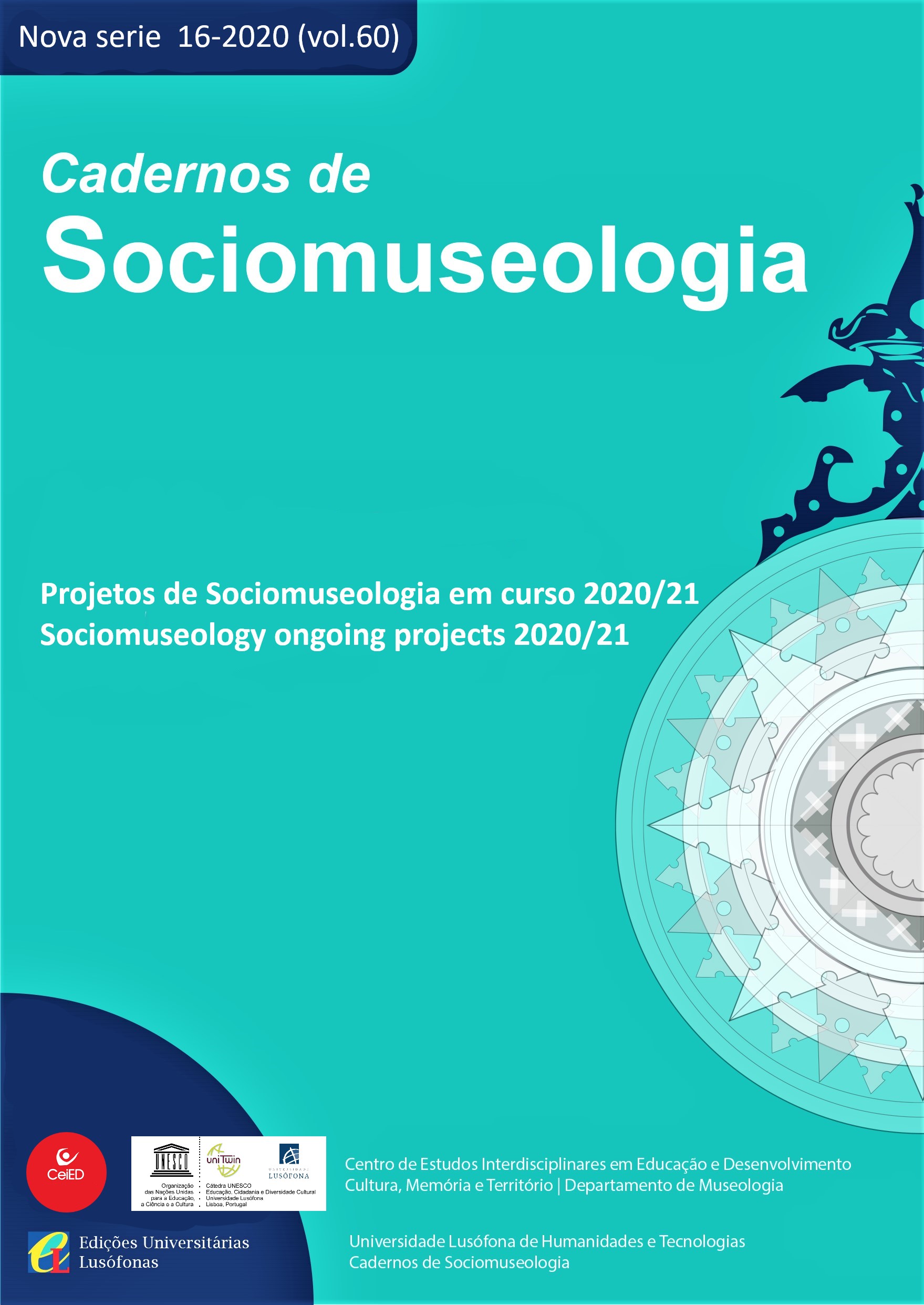Memories of pain and construction of exhibitions: talking about femicide
Abstract
Violent deaths of women for gender reasons, also known as femicides, continue to increase their numbers in Mexico, which has placed the country as one of the most dangerous places to be a woman. The growth of crimes and the impunity that surrounds them has generated indignation in different sectors of society and has led them to mobilization, one of these actions is “No Estamos todas” translated as 'We are not All Here', which through illustration seek to make visible these violences. Based on the premise that museums have a social function, therefore exhibitions should be active in promoting human rights and gender equality. This article presents an analysis of the exhibits of “No Etamos Todas” from a sociomuseological perspective. These actions took place in November in Portugal and in March in Mexico. Even when they share the same purpose of making the public aware and raising awareness about feminicide and transfeminicide, the languages used in these exhibitions were different, while the first sought to explain the seriousness of the crimes, the second focused on the victims of this violence. These two experiences are analyzed using Pierre Mayrand's exhibition process guide.
Keywords: Human rights; gender equality; sociomuseology; expography; exhibition
Downloads
Authors retain copyright and grant the journal right of first publication with the work simultaneously licensed under aCreative Commons Attribution License that allows others to share the work with an acknowledgement of the work's authorship and initial publication in this journal.













